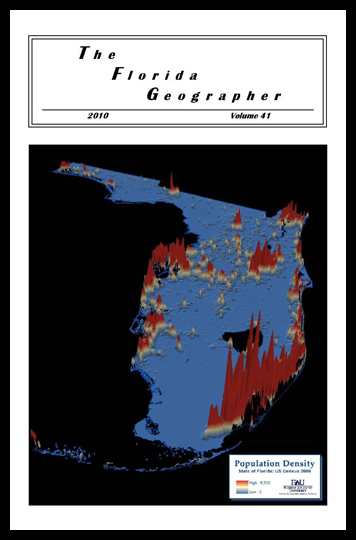Kauri (Agathis Australis) Ethnobotany: Identity, Conservation and Connection in New Zealand
Keywords:
Kauri, Kauri gum, Kauri --New Zealand, Forests and forestry --New Zealand, Trees --New Zealand, Trails --New Zealand, Ethnobotany --New Zealand, Biodiversity conservation --New Zealand, Ecosystem management --New ZealandAbstract
Forests play a central role in safeguarding the natural, climatic, and cultural processes on which life depends. Natural ecosystems are also home to people, thus it is imperative that the ecological and cultural significance of forests are recognized as working together. People‟s connection to the forest expressed through their practices and beliefs contribute to conservation (Hermann 2006; Kato 2008), and in some cases actually enhance the local biodiversity (e.g. Gagdil et al. 1993; Posey 1985). Attachment to place and specific aspects of nature, encourages actions that in turn care for the area in question (Cosgrove 2000). Some advocate that a spiritual connection to place results in a better environmental ethic, reinforcing the idea that people belong to the land as much as the land belongs to people (Plumwood 2002). The connection to the forest can be utilitarian, however, it is often more powerful when the connection is grounded in ethical, spiritual and cultural values (Hermann 2006; McCreanor et al. 2006).

